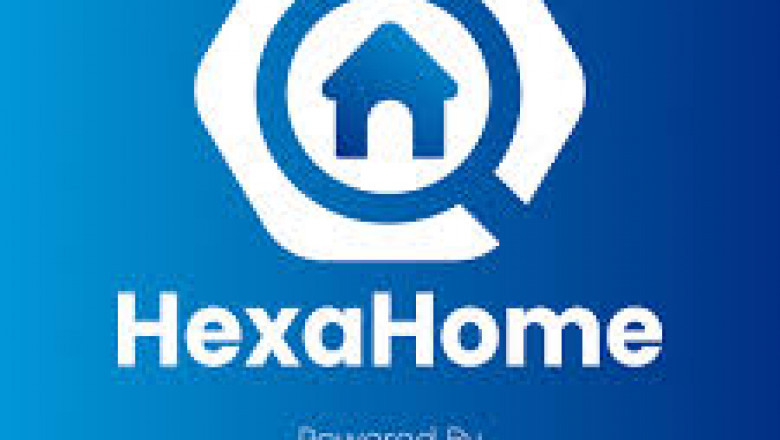views
Ghost kitchens—also known as cloud kitchens, dark kitchens, or virtual kitchens—are fundamentally transforming the commercial real estate landscape in 2025. These delivery-only food production facilities have shifted from being a niche concept to a major disruptor, thanks to the surge in online food delivery and evolving consumer preferences.
What Are Ghost Kitchens?
Ghost kitchens are commercial spaces dedicated exclusively to preparing food for delivery and, occasionally, takeout. They do not have dine-in areas or traditional storefronts. Instead, they operate in the background, often housing multiple food brands or restaurant concepts within a single facility. This model allows restaurants and entrepreneurs to reach customers without the high overhead costs of a physical dining space.
Why Are Ghost Kitchens Booming?
Several factors are fueling the rapid growth of ghost kitchens:
Digital Transformation: The rise of online ordering and food delivery apps has made digital presence as important as physical location. Ghost kitchens are designed to maximize this opportunity, using technology for order management, kitchen workflow, and delivery logistics.
Cost Efficiency: By eliminating the need for prime retail locations and dining spaces, ghost kitchens significantly reduce rent, staffing, and operational costs. This leads to higher profit margins and allows for easy experimentation with new brands or menu concepts.
Flexibility and Scalability: Operators can quickly scale up or down, launch multiple virtual brands from a single kitchen, and adapt to shifting consumer tastes without the constraints of a traditional restaurant.
Pandemic Acceleration: Restrictions on dine-in service during the COVID-19 pandemic accelerated the adoption of delivery-only models, making ghost kitchens essential for many food businesses.
Impact on Commercial Real Estate
Ghost kitchens are reshaping commercial real estate in several important ways:
Changing Demand: The demand for high-footfall retail and restaurant spaces is declining, while interest in industrial and warehouse properties—especially those in urban areas with dense populations—is rising. These locations are ideal for ensuring quick delivery.
Repurposing Spaces: Vacant retail, warehouse, and light industrial spaces are being converted into ghost kitchens, revitalizing underused properties and creating new opportunities for landlords and investors.
Rising Industrial Rents: As more ghost kitchens seek well-located facilities, urban industrial real estate is experiencing increased demand, leading to higher rents and property values.
New Investment Models: Investors are recognizing the scalability and resilience of ghost kitchens, leading to the development of properties specifically designed for shared kitchen use, sometimes supporting dozens of virtual brands under one roof.
A Lasting Shift
The ghost kitchen market is projected to grow substantially in the coming years, reflecting a long-term transformation in how food businesses operate and how commercial real estate is utilized. This shift is not just a temporary response to recent challenges, but a fundamental change in the industry’s structure.
Ghost kitchens are redefining the relationship between food businesses and real estate, offering new opportunities for investors, landlords, and entrepreneurs. In this evolving landscape, solutions like Hexahome by Hexadecimal Software Pvt Ltd provide advanced tools and insights to help you navigate the future of commercial real estate with confidence.













Comments
0 comment